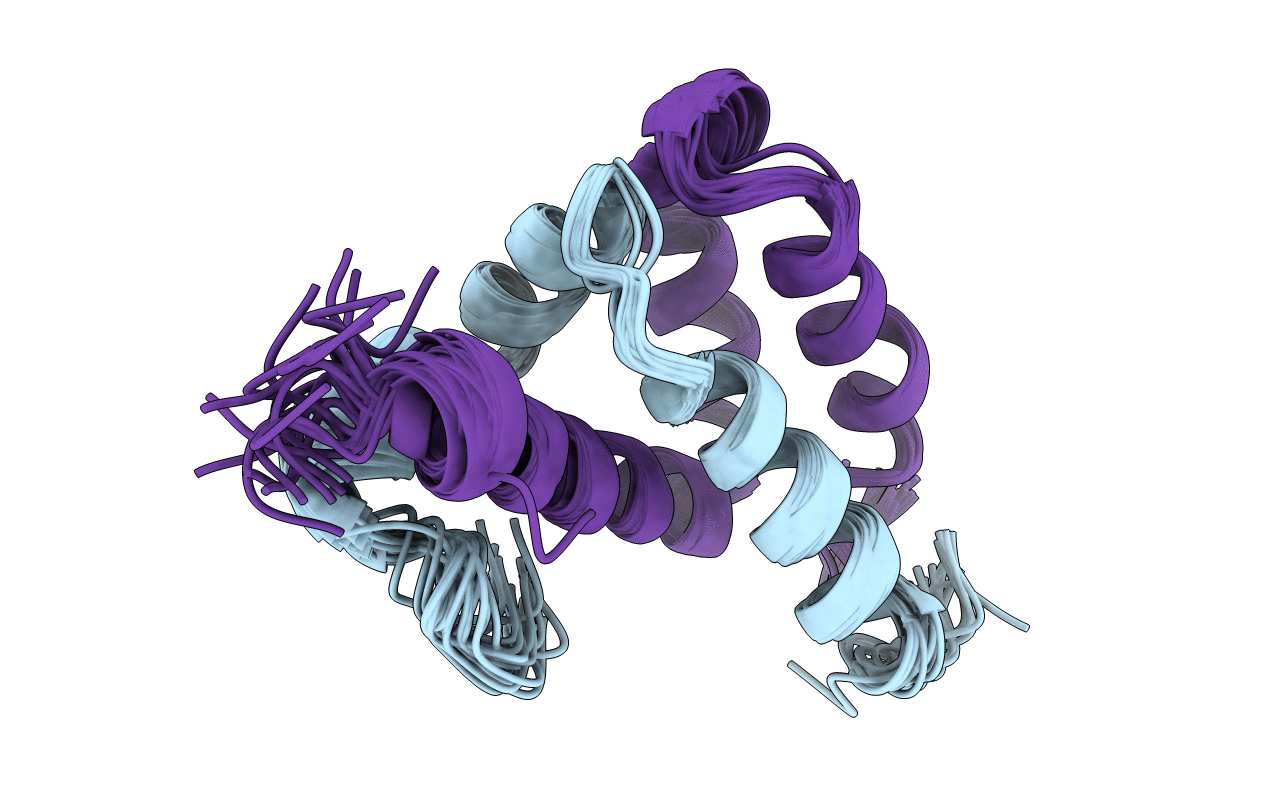
Deposition Date
2001-11-06
Release Date
2002-02-06
Last Version Date
2024-05-22
Entry Detail
PDB ID:
1KBH
Keywords:
Title:
Mutual Synergistic Folding in the Interaction Between Nuclear Receptor Coactivators CBP and ACTR
Biological Source:
Source Organism:
Homo sapiens (Taxon ID: 9606)
Mus musculus (Taxon ID: 10090)
Mus musculus (Taxon ID: 10090)
Host Organism:
Method Details:
Experimental Method:
Conformers Calculated:
100
Conformers Submitted:
20
Selection Criteria:
structures with the least restraint violations,structures with the lowest energy


